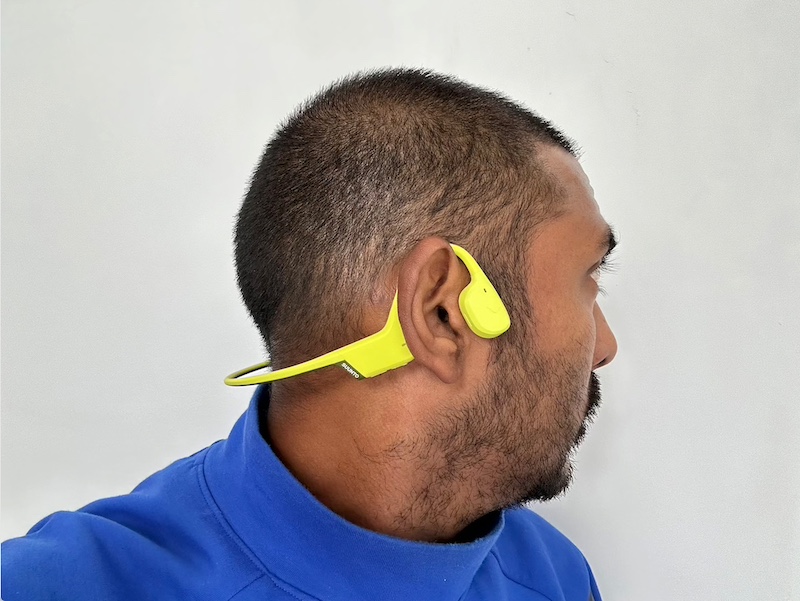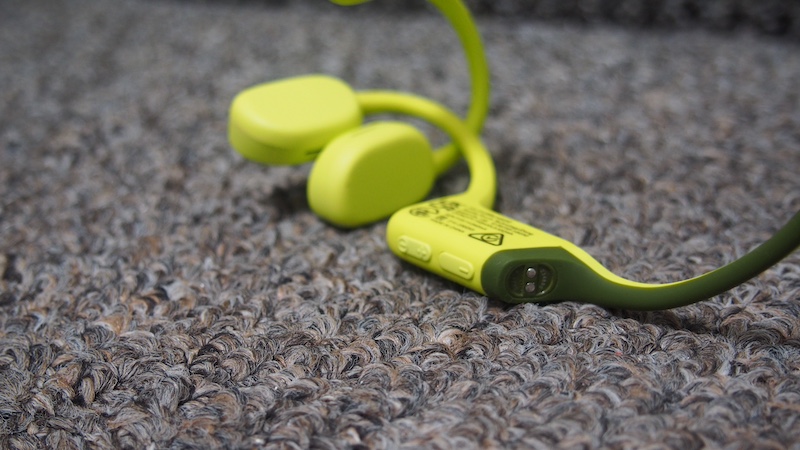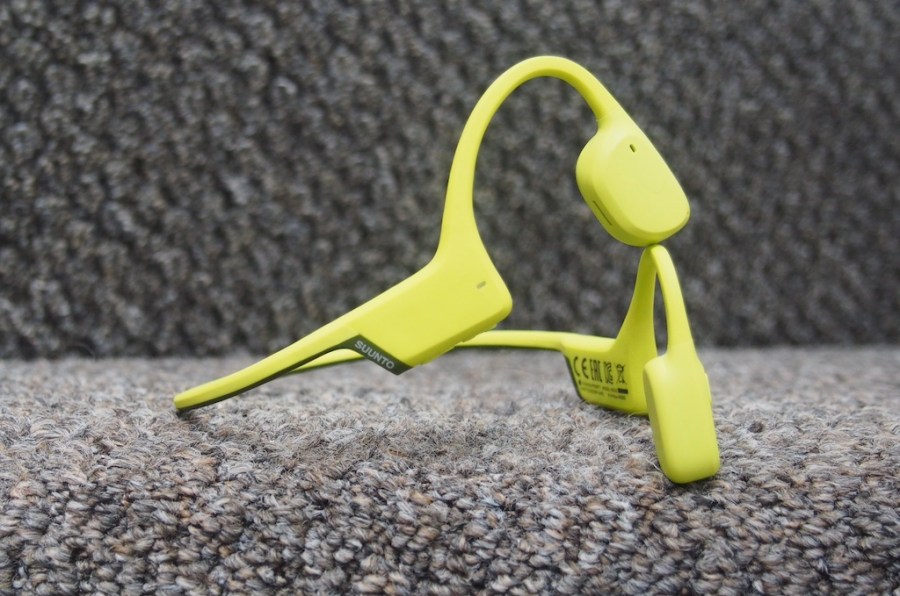Reviewer and keen runner Mike Sawh puts the Suunto Sonic open-ear headphones to the test.
Suunto isn’t a name you’d typically associate with headphones, but the Finnish company that’s more au fait with all things rugged sports watches has recently turned its attention to making running headphones.
The Suunto Sonic is Suunto’s second pair of headphones that are fit to fend off sweat and rain, offer customisable sound to make it a better fit for your running adventures and offer enough battery life to get you through a few marathons.
The Sonic has all the ingredients to be a fine headphone running companion, but do they deliver where it matters? I’ve been putting them to the test during the toughest period of my London Marathon training to find out.
Men’s Fitness verdict
Likeable running headphones with comfortable design, easy controls, solid battery, and close sound performance to rivals like Shokz OpenRun.- Comfortable fit for long runs
- Running-friendly sound quality
- Solid battery performance
- Not the clearest-sounding headphones available
- Require a proprietary charging cable
How we test sports headphones
Reviewer Mike Sawh put the Suunto Sonic to the test as he was training for the 2024 London Marathon. He focused on the build quality and durability of the headphones; how comfortable and secure they are for a mixture of both indoor and outdoor workouts and low, moderate and high intensities; and how they sound in quieter and noisier environments. The testing process also included how well the battery performs for a regular week of workouts and how easy it is to connect the headphones to a variety of phones, laptops, smartwatches and sports watches.
Design and build quality of the Suunto Sonic
The Suunto Sonic are what’s known in the headphone world as open-ear style headphones. That means they don’t sit inside of your ears, instead firing sound towards your ears using bone conduction technology to ensure you’re not entirely blocking out the world around you.
If you’ve ever seen or worn a pair of Shokz headphones (formerly known as Aftershokz) you’ll be familiar with the design here. They use a flexible frame that wraps around the head with the arms resting just in front of the ears. What you get is a nicely weighted set of headphones that even during three-hour training runs never felt cumbersome or irritating to wear at any time. That’s definitely helped by the soft silicone exterior to make sure the tougher titanium sitting underneath it isn’t pressing against your head instead.
As a package they’ve been slapped with an IP55 water resistance rating and, while that doesn’t mean you can submerge them in water or go for a swim with them, they do offer some protection against lighter rain downpours and sweatier running sessions.
Bundled in the box is the dedicated charging cable, a cloth bag to carry them around in and a set of earplugs, which are included if you want to keep more of that outside sound out and more of your own music in.

Suunto Sonic performance
As I’ve learnt from testing, a lot of headphones that use bone conduction technology like the Suunto Sonic, you need to accept some compromises with overall sound quality. It’s about doing justice to your training playlists, podcasts and audiobooks, all while balancing that out with keeping you aware of your surroundings. It’s simply a safer way to listen to your audio than most other headphones.
I’d say the sound performance on the Sonic is not too far off headphones like the Shokz Openrun, which offer some of the best open-ear audio performance at this price. There’s two sound modes available via Suunto’s companion app, one is designed for predominantly listening indoors and when you’re not out running with them. The second is an outdoor mode that boosts volume to better combat outside noise. They offer good clarity and a warm, reasonably bassy sound, which isn’t something you’d typically associate with bone conduction headphones.
Bone conduction headphones have a bad habit of leaking sound due to the open-ear design, and the Sonic is no different. They’re not the worst offenders, but if you’re planning to use them in quieter environments, people nearby will also be enjoying your guilty pleasures playlists.
Battery life is pretty solid overall, with up to 10 hours promised before you need to charge them up. When you do need to grab the charging cable, there’s a quick charge mode to give you 3 hours of battery life from just a 10-minute charge. When running with them for an hour at louder volumes, the battery drop was in line with that 10-hour promise. If you’re willing to turn things down and stick to the indoor sound mode, you’ll get much closer to that max battery life on a more regular basis.
Features
It’s always good to see running headphones that opt for physical buttons, because when you’re on the move they’re always easier to reach for. The Suunto Sonic includes dedicated buttons to adjust volume and a separate one you can tap to pause music or answer and reject a phone call.
There are microphones here – two to be precise – and Suunto has even thought about boosting your calls when things get windy out there. It uses noise cancelling algorithms to combat taking calls in winds up to 15km/h. They’re certainly not going to beat a pair of AirPods for call quality in similar conditions, but they can muster up satisfactory results overall..
If you like the idea of using them with your phone and maybe a secondary device like your laptop, there is a dual connection feature here that will give you that. You just need to make sure you turn on that mode inside of the Suunto companion app first to make it happen.

User experience
The Suunto Sonic does the key things you’d expect from a good pair of running headphones. First and foremost, they’ve felt comfortable and secure to wear on all of my runs, while the onboard controls are well-designed and well-positioned, especially for using them on faster paced runs.
Connectivity is important too, and by that I mean effortlessly connecting to devices you want to use them with. Thankfully, I’ve experienced no issues pairing them with an iPhone, Android phone and it worked well pairing them to smartwatches like the Apple Watch Ultra 2 and the Garmin Forerunner 965 to make use of the onboard music players on those watches.
Crucially, the open-ear sound experience is good on the whole and doesn’t get entirely drowned out from the world around you. Though, you will need to turn on the Outdoor sound mode to make it usable for when you swap treadmill for pavement.
You’ll also get the best battery when you’re not maxing out at the top listening volume, but that fast charge mode is a bit of a saviour if you’ve forgotten to charge them up and are eager to get out of the house and run.







